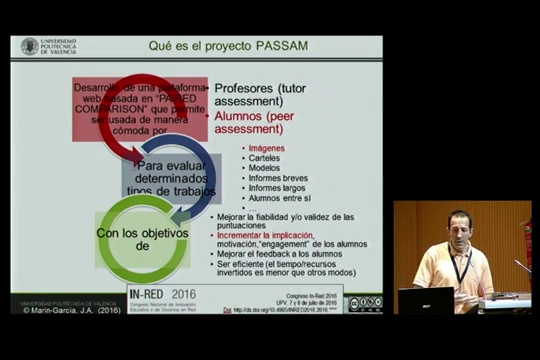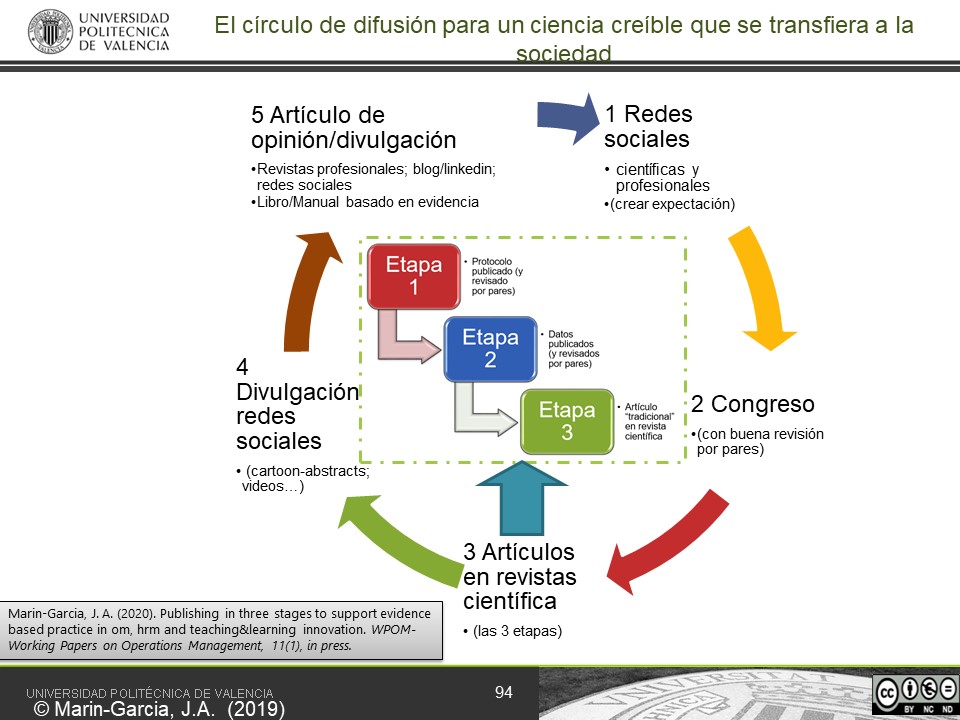Giraldo-O’Meara, M.; Marin-Garcia, J. A. & Martínez-Gómez, M. (2014). Validation of the JDS Satisfaction Scales Applied to Educational University Environments. Journal of Industrial Engineering and Management 7[1], 72-99.
http://www.jiem.org/index.php/jiem/article/view/906
http://www.upv.es/i.grup/repositorio/own/ART_2014_001_JIEM-JDS%20satisfaction%20scales%20university.pdf
Abstract:
Purpose: The aim of this study is to review and summarize the main satisfaction scales used in publications about human Resource Management and educational research, in order to adapt the satisfaction scales of the Job Diagnostic Survey (JDS) to higher education and validate it with a sample of university students and to assess the concept of satisfaction in two different ways: as a single-item measure, with a global indicator and as a multi-item measure, analyzed as a global model and composed by several scales.
Design/methodology/approach: Confirmatory factor analysis with maximum likelihood, using structural equations model, was employed to assess the model fit in 152 business management undergraduates.
Findings and Originality/value: The satisfaction model measured as multi-item scale present an acceptable fit. Even though, some of the satisfaction scales did not present a satisfactory fit, they can be used and interpreted independently with carefulness. Nevertheless, the satisfaction single-item scale presents a better fit and has been validated as a simpler and less costly measure of satisfaction.
Originality/value: In the current process of change that is taking place in universities according to the plan developed by the European Space of higher Education, validated instruments as the satisfaction scale of JDS, adapted to teaching, may facilitate this process through the diagnosis, and follow-up of changes in satisfaction levels in university classrooms.
Keywords
satisfaction; scale validation; higher education; JDS; university; SEM; EQS
Visitas: 23



